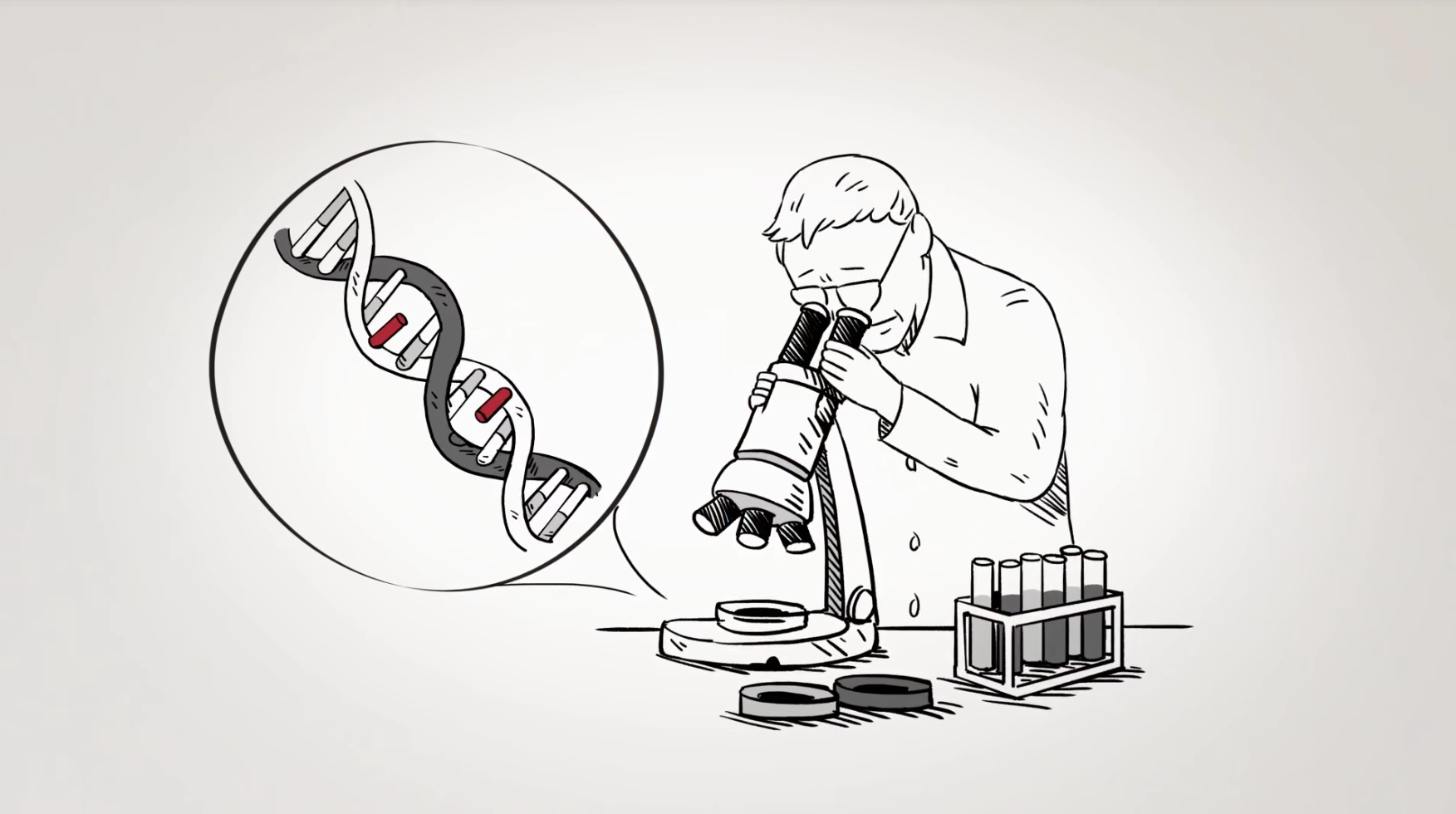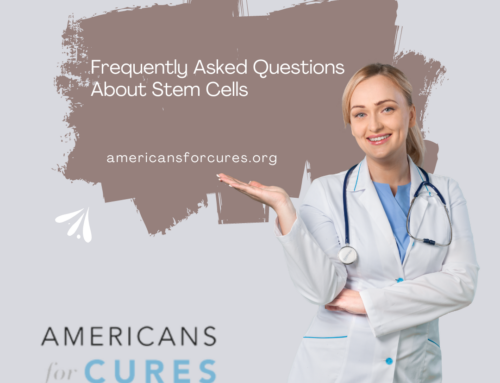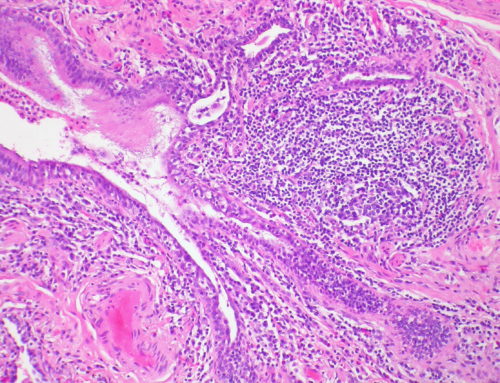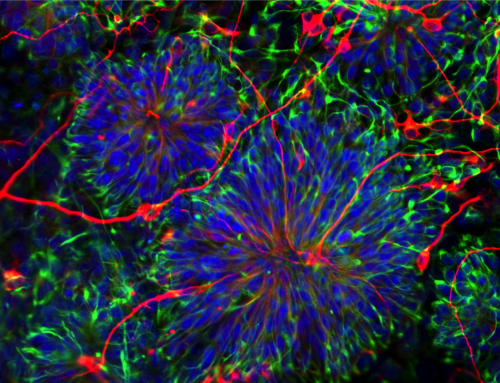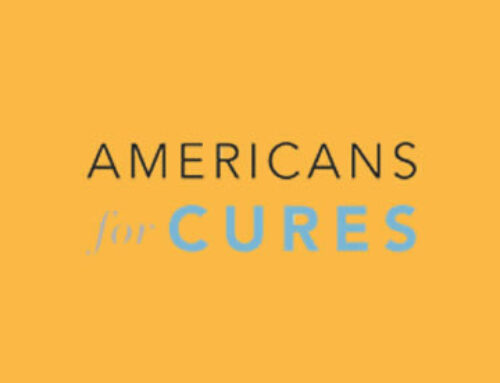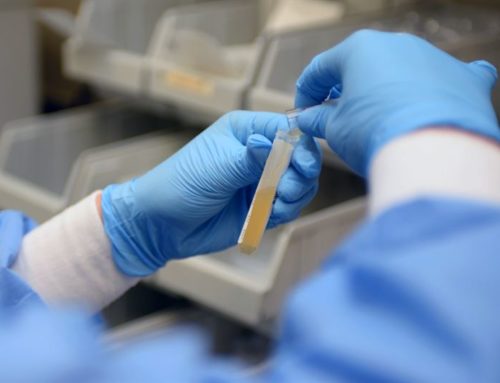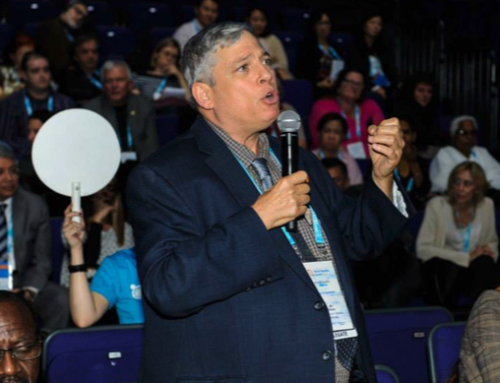Imagine a cut that bleeds but does not clot. Untreated, a person with hemophilia can suffer extreme pain from internal bleeding in the joints, as well as suffering strokes from brain-bleeds, even death from continual blood loss.
It is said the Russian Revolution of 1917 might not have happened, if there had been a cure for hemophilia, the “bleeder’s disease”.
Tsarevich Alexei, young heir to the throne, inherited the disease from his mother, Empress Alexandra. She in her turn had gotten it by marrying a relative of Queen Victoria of England, who shared the disease with many descendants, so that it became known as the Royalty disease.
The Russian royal family was consumed with the attempts to save their boy. which allowed the rise of religious fanatic Grigori Rasputin, who said he could cure the child by the power of prayer.
Despite a colossal ignorance of science and medicine, Rasputin did get one thing right. He took the boy off all his medications, one of which was aspirin, now known to be a blood-thinner, the worst thing to give someone with hemophilia.
Having gained the trust of the Empress, Rasputin exercised advisory power, including persuading the Tsar to take personal charge of his army in a war. Apparently a sex maniac, Rasputin now lived a life unrestrained by moral codes, reportedly once raping a nun. Eventually he was assassinated, but not before he ruined the reputation of the Royal Court—and perhaps increased the likelihood of the 1917 revolution.
Today perhaps one American male in 5,000 has hemophilia A. (Because women can carry the disease, but do not themselves usually suffer from it, most patients are male). Treatments sustain life, but there is no cure. Attempted remedies with clotting factors also all too often fail as patients develop immunity to the medications.
California stem cell research
Funded by a grant from the California stem cell program, Dr. Marcus Muench of Blood Systems Research Institute and the University of California at San Francisco (UCSF) is challenging hemophilia—and his efforts may provide important side benefits as well.
His writing and talk is hard to understand, but valuable. When I interviewed him on the phone, I kept asking him to slow down, and he said: “I know, I know, lots of big words!”
Hemophilia A (one of several kinds) does not have enough of a clotting factor called Factor VIII. This is normally produced in the liver, by specialized cells that form the blood vessels called “Liver Sinusoidal Endothelial Cells”, or LSECs for short.
His goal for Hemophilia?
How might this be done?
“If we can transplant LSECs into the livers of people with hemophilia A, then hopefully they (the LSECs)can go on to produce Factor VIII. The improvement they bring may be long-lasting, maybe even permanent.
“The problem with transplanting LSECs is that these cells are normally tightly bound to each other; it is hard for new cells to get inbetween the old ones.
“(Perhaps certain growth) factors such as VEG-F can improve engraftment of LSECs by making them less sticky to each other…”
And then came something which seemed so important, not just for the one blood disease, but perhaps for many other conditions.
“A driving force behind my basic research…is a desire for (it) to be clinically applicable, particularly in the field of fetal cellular therapy… transplantations of cells into a fetus…with the potential of…curing a large number of birth defects.
“However, the current practice of in utero transplantation is not yet effective enough to treat most (blood or liver) birth defects. (Accordingly) my lab is using mouse models of in utero transplantation to study methods of improving engraftment of foreign cells.”
Maybe, hemophilia A could be prevented before the baby is born.
Because every boy or girl deserves the best possible treatment: to be treasured: each a prince or princess to their own families.
This post originally appeared on HuffPost.
Don C. Reed is Vice President of Public Policy for Americans for Cures, and he is the author of the forthcoming book, CALIFORNIA CURES: How California is Challenging Chronic Disease: How We Are Beginning to Win—and Why We Must Do It Again! You can learn more here.



